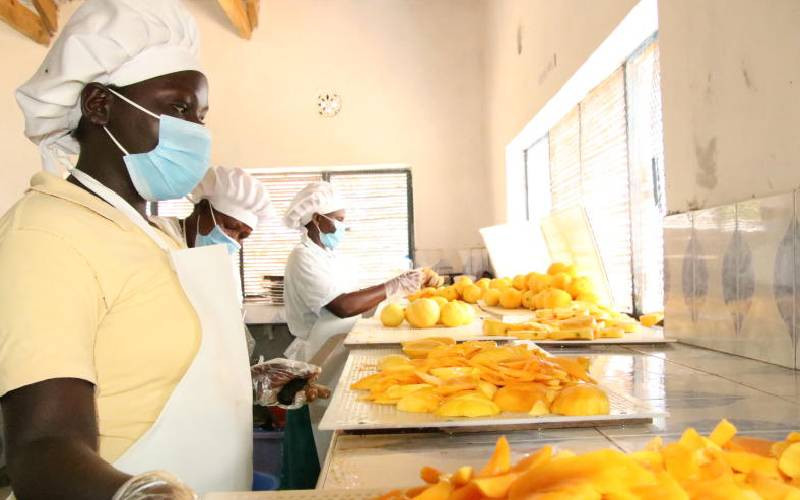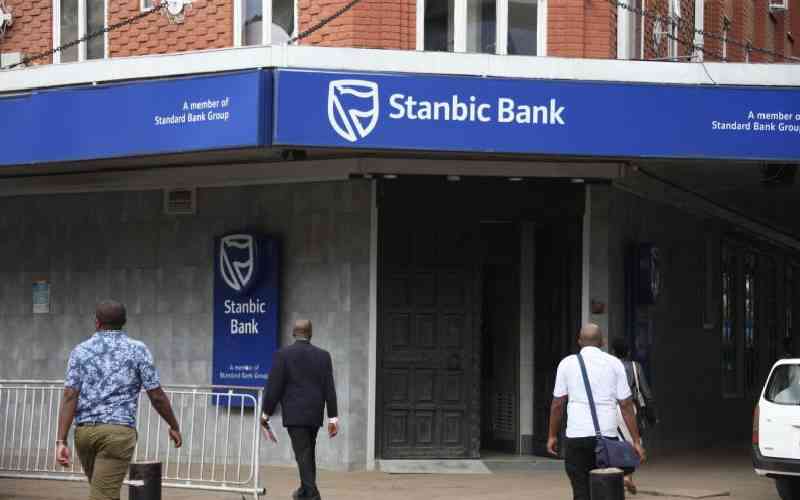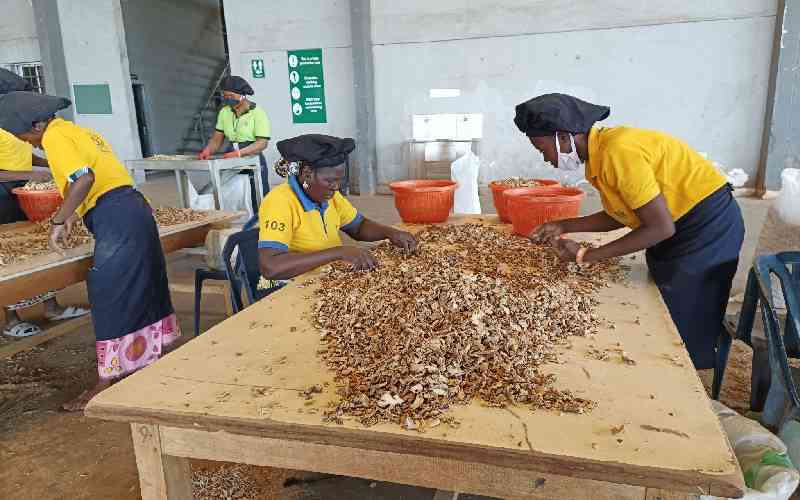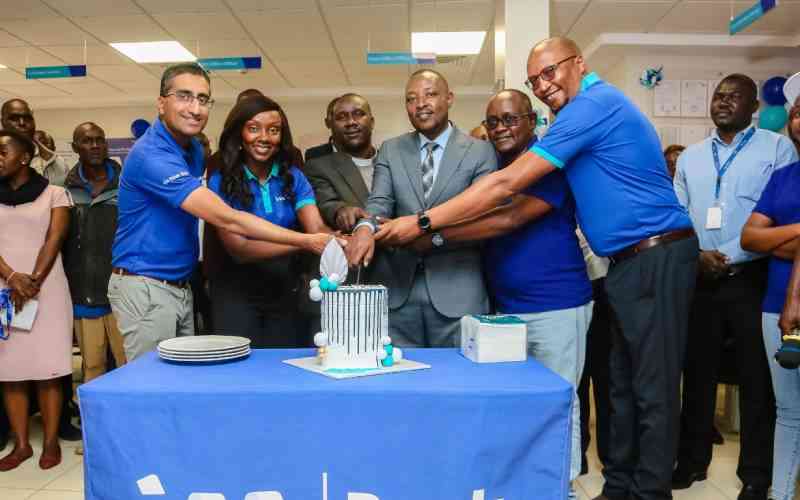
Raila Odinga returns home from Addis Ababa empty-handed. He returns to disappointed followers, who have adored him over the years. He needs to convince them that he is still worth adoring and following.
But there are also those who fear him and had hoped that he would stay away for the next four to eight years. Some hoped that Addis would be his exit door from the Kenyan political space forever. Foremost in this docket is the national Executive, which midwifed entry into the competition for the chair of the African Union Commission (AUC). They also managed the campaign all the way to the final debacle. Led by President William Ruto, they will be agonising on how to manage the mercurial and dreaded oppositionist, now that their hopes of catapulting him out of the country have fallen flat on the belly.







